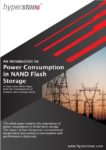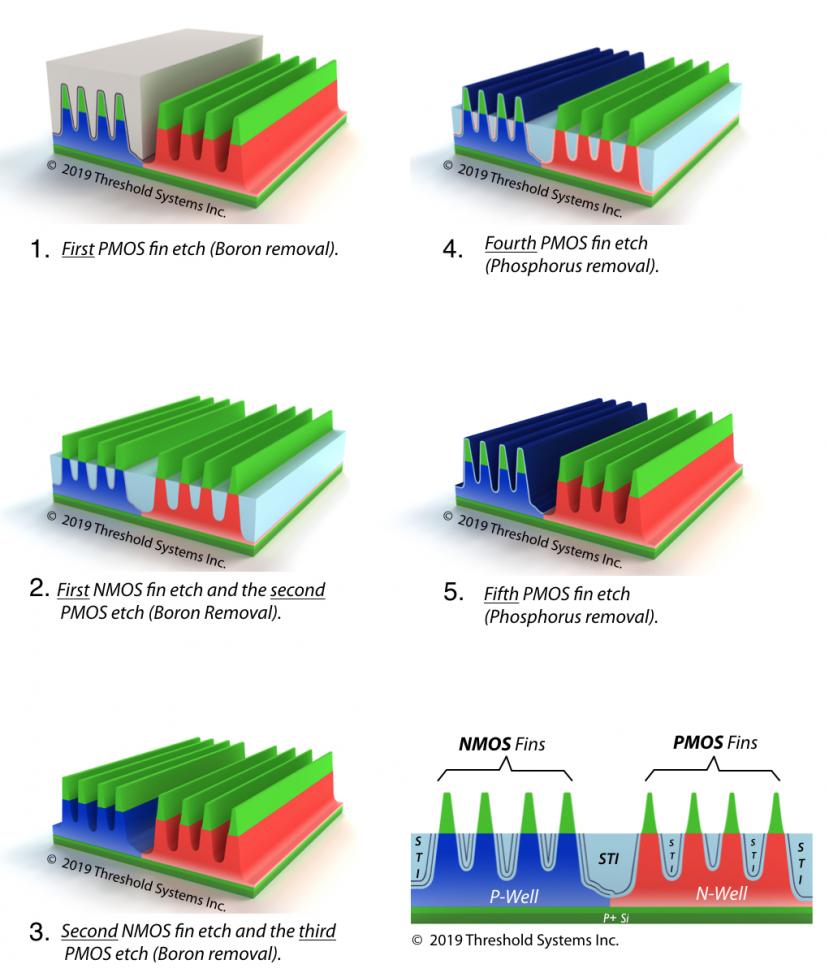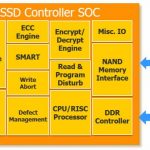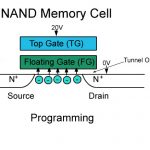PCIe is familiar to legions of PC users as a high-performance enabler for expansion slots, especially GPU-based graphics cards and M.2 SSDs. It connects higher-bandwidth networking adapters and niche applications like system expansion chassis in server environments. Each PCIe specification generation has provided a leap… Read More
Tag: ssd
The Importance of Low Power for NAND Flash Storage
Even though we all know that reducing power consumption in NAND Flash Storage is a good idea, it is worthwhile to take a deeper dive into the underlying reasons for this. A white paper by Hyperstone, a leading developer of Flash controllers, discusses these topics providing useful insight into the problem and its solutions. The … Read More
Verifying Warm Memory. Virtualizing to manage complexity
SSD memory is enjoying a new resurgence in datacenters through NVMe. Not as a replacement for more traditional HDD disk drives, which though slower are still much cheaper. NVMe storage has instead become a storage cache between hot DRAM memory close to processors and the “cold” HDD storage. I commented last year on why this has become… Read More
A VIP to Accelerate Verification for Hyperscalar Caching
Non-volatile memory (NVM) is finding new roles in datacenters, not currently so much in “cold storage” as a replacement for hard disk drives, but definitely in “warm storage”. Warm storage applications target an increasing number of functions requiring access to databases with much lower latency than is possible through paths… Read More
The Answer to Why Intel PMOS and NMOS Fins are Different Sizes
Like many others, we have often wondered why the PMOS fins on advanced microprocessors from Intel are narrower than the NMOS fins (6nm versus 8nm). This unusual dimensional difference first occurred at the 14nm node and it coincided with the introduction of Solid State Doping (SSD) of the fins at this node.
We have concluded that… Read More
Synopsys New EV6x Offers 4X More Performance to CNN
When Synopsys bought Virage Logic in 2010, ARC processor IP was in the basket, but at that time ARC processor core was not the most powerful on the market, and by far. The launch of EV6x vision processor sounds like Synopsys has moved ARC processor core by several orders of magnitude in term of processing power. EV6x deliver up to 4X … Read More
New Frontiers in the Storage System Market Call for the Best of ICE and Virtual Emulation
The storage market has reached what Andy Grove once described as “…a strategic inflection point.”[1] This is the stage in the life of a business when its fundamentals are about to change.
Changing fundamentals in the storage market—where solid state drives (SSD) are now at the forefront of multiple storage applications,… Read More
Memory War Z: Samsung spins antidote to 3D XPoint
The 2016 edition of the Flash Memory Summit produced more than the usual amount of excitement. Samsung’s response to the Intel/Micron 3D XPoint challenge arrived in new slideware, indicating the war for next-generation SSDs is just starting. Who has the advantage?
We’d all like to think this is about creating a breakthrough technology,… Read More
Enterprise SSD SOC’s Call for a Different Interconnect Approach
The move to SSD storage for enterprise use brings with it the need for difficult to design enterprise capable SSD controller SOC’s. The benefits of SSD in hyperscale data centers are clear. SSD’s offer higher reliability due to the elimination of moving parts. They have a smaller foot print, use less power and offer much better performance.… Read More
Adding NAND Flash Can Be Tricky
As consumers, we take NAND flash memory for granted. It has worked its way into a vast array of products. These include USB drives, SD cards, wearables, IoT devices, tablets, phones and increasingly SSD’s for computer systems. From the outside the magic of flash memory seems quite simple, but we have to remember that this is a technology… Read More








